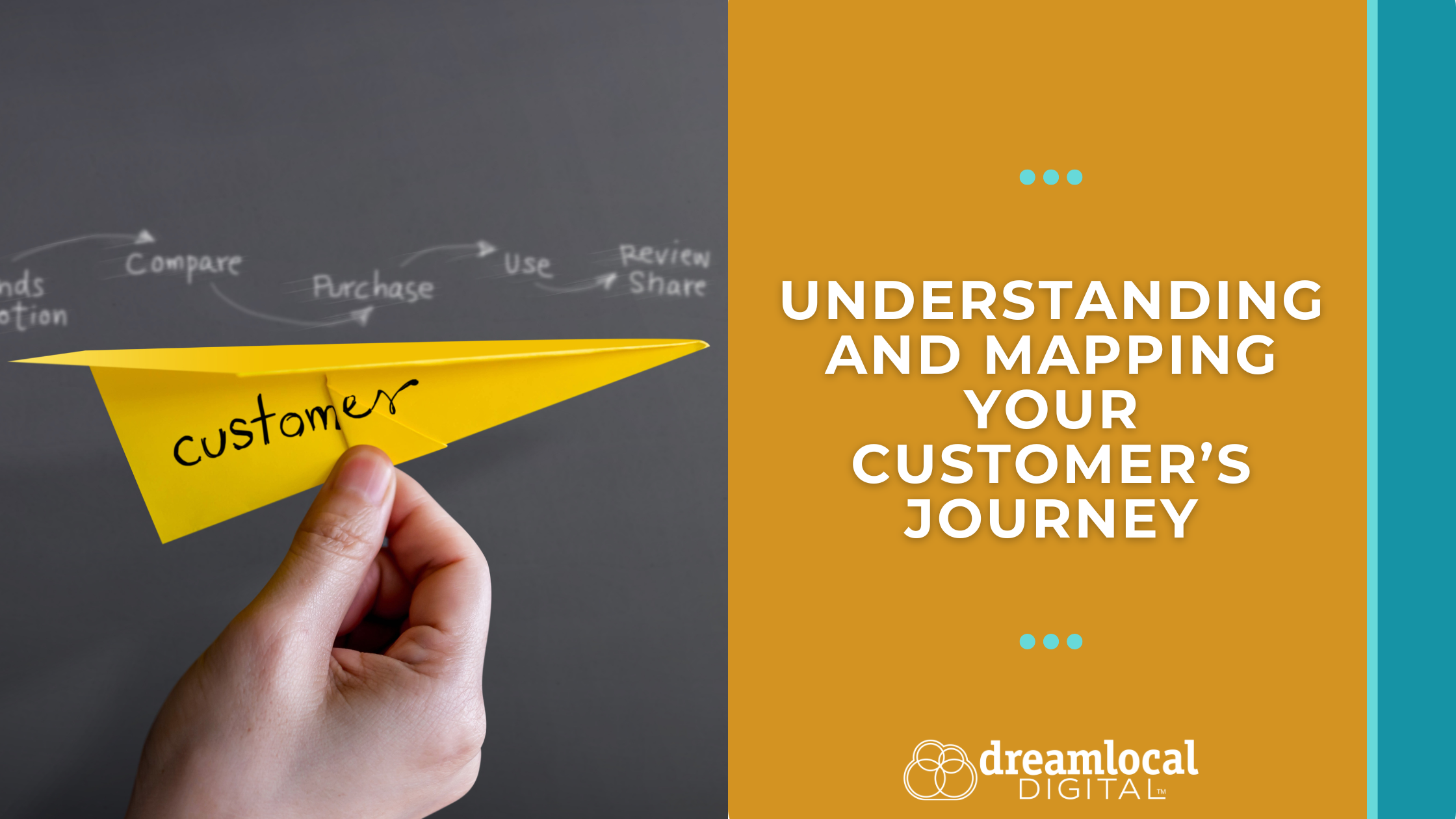Understanding and Mapping Your Customer’s Journey

The moment a customer clicks “Buy Now” is the result of a complex process that starts with awareness, builds through trust, and culminates in conversion. It is essential for businesses to understand and curate this customer journey. When you master this journey, you will simplify conversions as well as boost conversion rates and revenue.
However, understanding the customer journey is just the beginning. Imagine being able to pinpoint exactly where customers encounter obstacles and then seamlessly guide them through their decision-making process. This insight can revolutionize the customer experience, making every interaction more meaningful and effective.
How can mapping the customer journey transform your business outcomes? Let’s explore the profound impact that understanding and mapping the customer journey can have on your business.
What is a customer journey?
The customer journey is the process that customers go through, from becoming aware of a problem or need to make a purchase decision, encompassing all interactions and touchpoints with the brand along the way.
The customer journey includes stages like awareness, consideration and decision, as well as interactions such as viewing ads, reading reviews and engaging with content. It is not a linear path nor a one-size-fits-all model; it varies for each customer and is influenced by individual behaviors and external factors.
The impact of understanding the customer journey for your business
Understanding the customer journey is not just a strategic advantage — it directly drives revenue growth. By gaining insight into how customers interact with your brand at each stage, you can unlock several key benefits that translate into increased profitability.
-
Enhanced customer experience: A well-mapped customer journey highlights pain points and opportunities for improvement, leading to a smoother and more satisfying experience. When customers feel understood and valued, their loyalty strengthens. This often results in repeat purchases and positive referrals. Remember, 80% of customers consider their experience with a company as crucial as the products themselves.
-
Boosted product development: Understanding the customer journey reveals what customers truly want and where they face obstacles. This critical feedback allows you to refine your products or develop new ones that better meet customer needs. Aligning your offerings with customer expectations increases adoption rates and enhances overall satisfaction.
-
More effective marketing: A deep understanding of the customer journey improves marketing ROI by enabling precision targeting. Knowing where and how your customers engage enables you to craft relevant messages that resonate at each stage. This targeted approach optimizes your marketing spend, reducing waste and increasing conversion rates.
-
Increased customer retention: Mapping the customer journey helps you address customer needs more effectively, leading to higher satisfaction and loyalty. Retaining existing customers is often more cost-effective than acquiring new ones, and loyal customers tend to spend more over time. Improving retention directly boosts your overall ROI.
-
Smarter business decisions: Customer journey insights provide actionable data for making informed business decisions. You can drive process improvements, customer service and strategic direction by identifying common pain points and customer needs. Aligning your strategies with these insights ensures better outcomes and a higher ROI.
What data should your business collect to understand the customer journey?
To understand your customer journey, collect the following information:
-
Customer Demographics: Basic information like age, location and income, as well as behavioral segmentation.
-
Behavioral Data: Website analytics (page views, navigation paths), interaction data (clicks, downloads), and purchase history.
-
Customer Feedback: Survey responses, interview insights and satisfaction ratings.
-
Support Interactions: Data from customer service requests, resolution times and call/chat transcripts.
-
Marketing Engagement: Metrics from email campaigns, social media interactions and ad performance.
-
Journey Stages: Information on customer actions from awareness through decision-making.
-
Emotional Data: Sentiment analysis from reviews and feedback.
-
Touchpoints and Channels: Tracking all customer interactions, both online and offline.
This data helps build a detailed customer journey map, revealing key insights for improving customer experience and strategy.
Creating a customer journey map
A customer journey map is a visual representation that outlines each stage of a customer’s interaction with a business. It provides a comprehensive view of how customers experience a brand, from their initial awareness to their final purchase decision and beyond. The key here is keeping the customer journey simple and actionable.
At its core, a customer journey map tracks the customer’s path, beginning with how they first learn about your brand. This could be through various channels such as social media, advertisements or word-of-mouth. The map then details subsequent interactions, including the content and media that customers engage with, such as your website, blog posts or product pages.
The journey map also captures customer interactions with your support team or employees, highlighting their experiences during pre-sales and post-sales support. Each touchpoint is plotted to show how customers move through different stages, such as awareness, consideration and decision-making.
By incorporating feedback and data, the map helps businesses understand where they can improve the customer experience, identify areas of friction and enhance overall satisfaction.
Ready to unlock the full potential of your customer journey and supercharge your marketing efforts? Contact Dream Local Digital today to discover how understanding your customer journey can enhance your marketing efficiency and reach. Our team of experts will help you map out every touchpoint, optimize your strategies and drive meaningful results.
Newsletter Signup
Stay up to date on the latest digital marketing news, updates, and more. Sign up to receive our newsletter!




